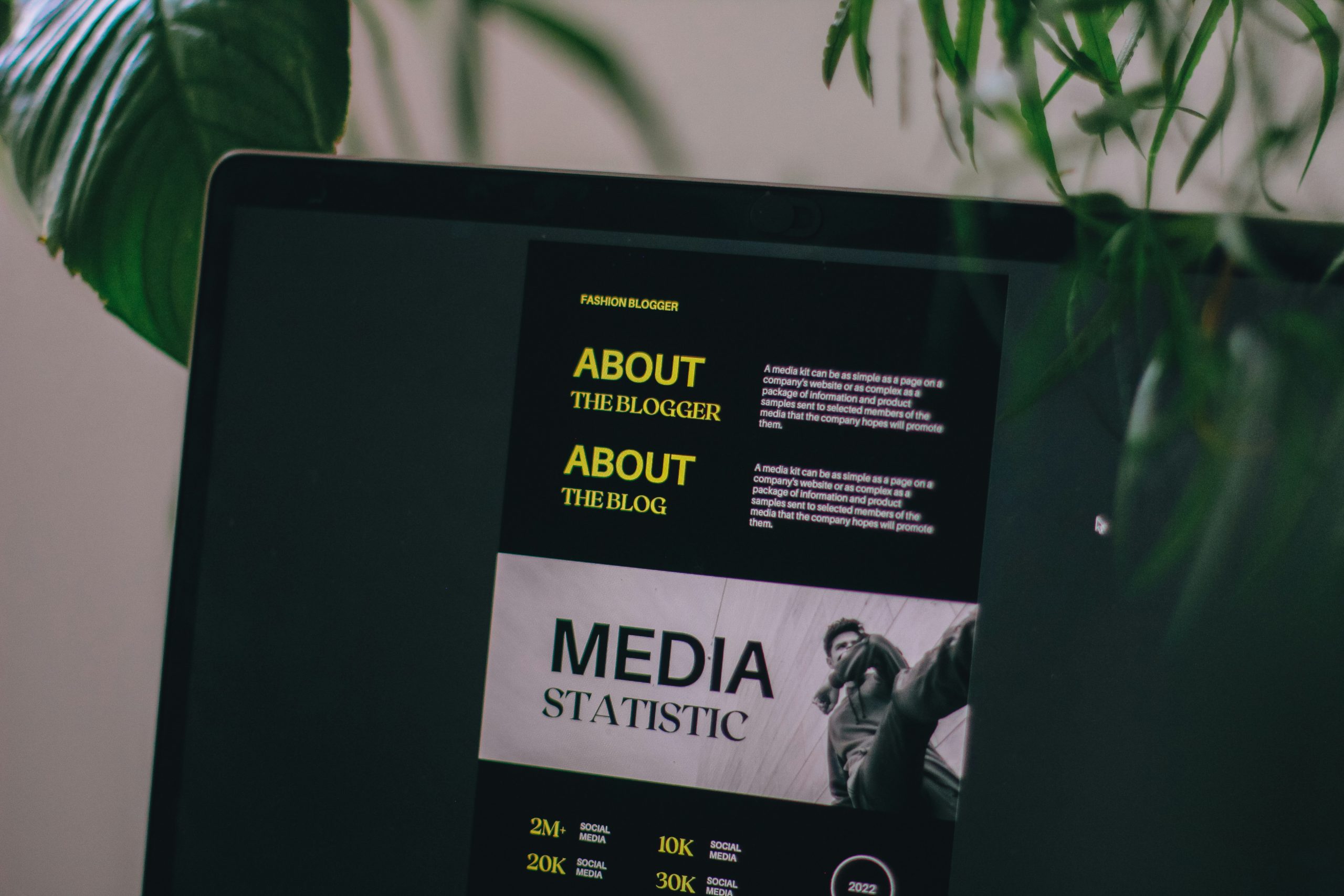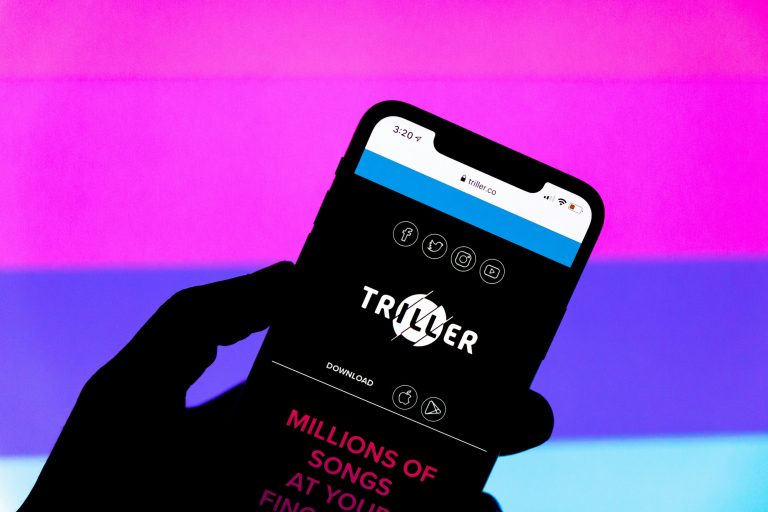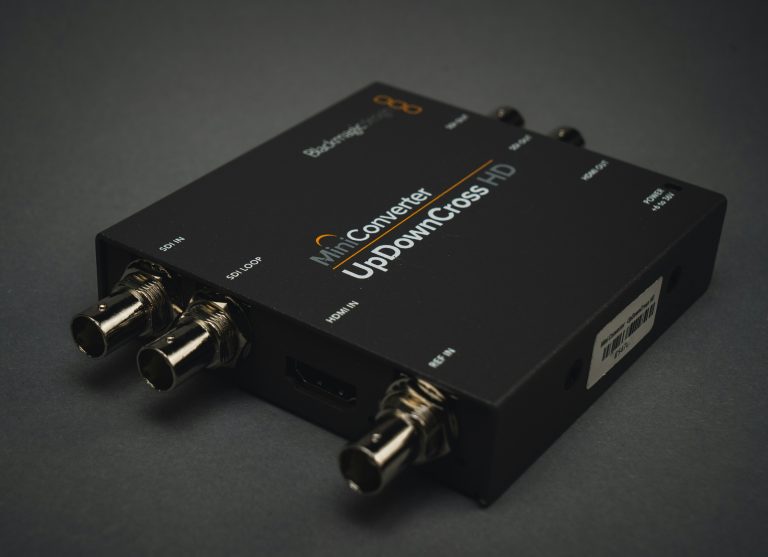Deepfakes & Synthetic Media: Navigating the New Threats
2 What Are Deepfakes & Synthetic Media?
1 Deepfakes: Media—typically video or audio—manipulated using AI (usually deep learning) to swap faces, mimic voices, or alter behaviour.
2 Synthetic Media: A broader term for any media created or manipulated by AI, including deepfakes, AI-generated avatars, virtual influencers, and even text and music.
3 Powered by models like GANs (Generative Adversarial Networks) and transformers, synthetic media can be indistinguishable from reality.
3 The New Threat Landscape
4 Disinformation & Fake News
1 Deepfakes can create false narratives, impersonating politicians or public figures to spread misinformation.
2 They erode trust in journalism and public discourse—even real footage can be dismissed as “fake” (the liar’s dividend).
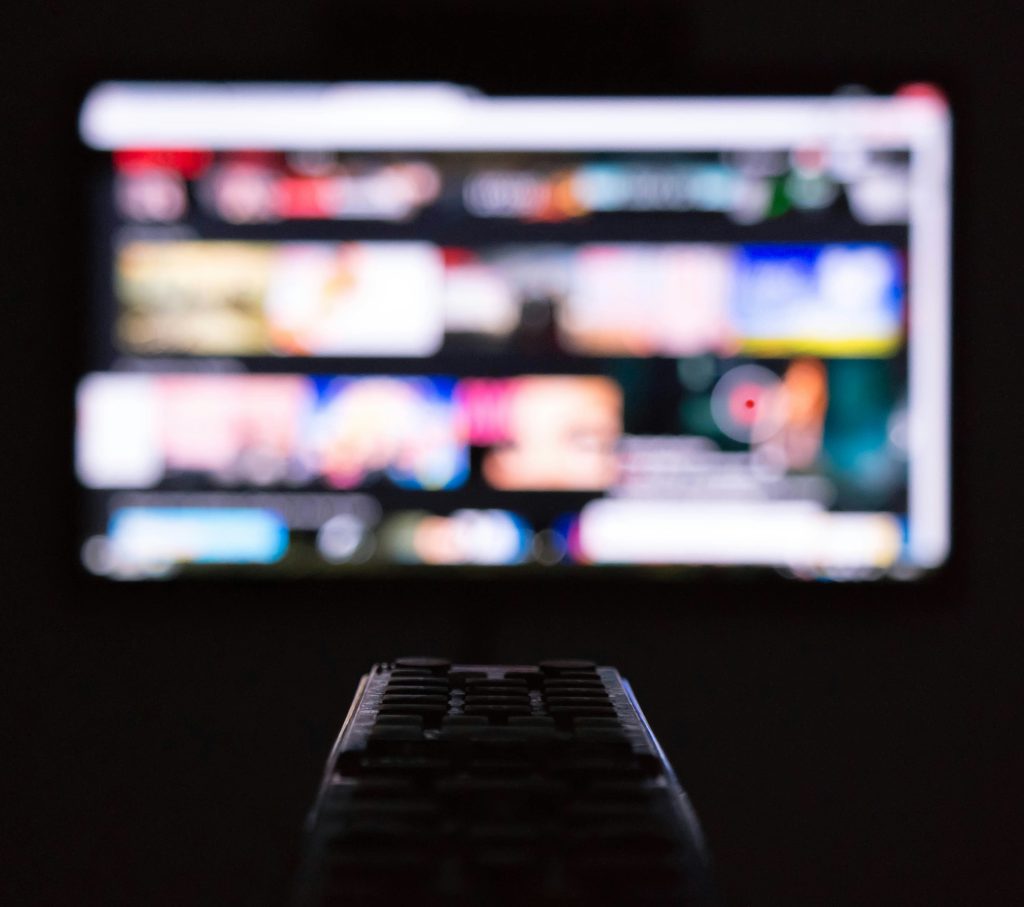
5 Identity Theft & Fraud
1 Criminals use deepfake audio/video to impersonate executives or bypass voice/facial recognition, committing fraud or social engineering attacks.
2 Real example: In 2020, a bank lost $35 million due to a deepfake audio scam impersonating a company executive.
6 Reputation Damage & Harassment
1 Deepfake porn and revenge media target individuals—particularly women—without consent.
2 False videos can be used for blackmail, cyberbullying, or to destroy reputations.
7 National Security & Geopolitics
1 Deepfakes can be used for election interference, fake diplomatic statements, or inciting unrest.
2 Militaries and intelligence agencies now see deepfakes as information warfare tools.
8 Detection & Defense Tools
9 Deepfake Detection
1 AI-Based Detectors: Tools from companies like Microsoft, Deepware, and Sensity analyze facial inconsistencies, blinking patterns, and lip-sync errors.
2 Blockchain/Provenance Tech: Projects like Content Authenticity Initiative (CAI) aim to track and verify media origins.
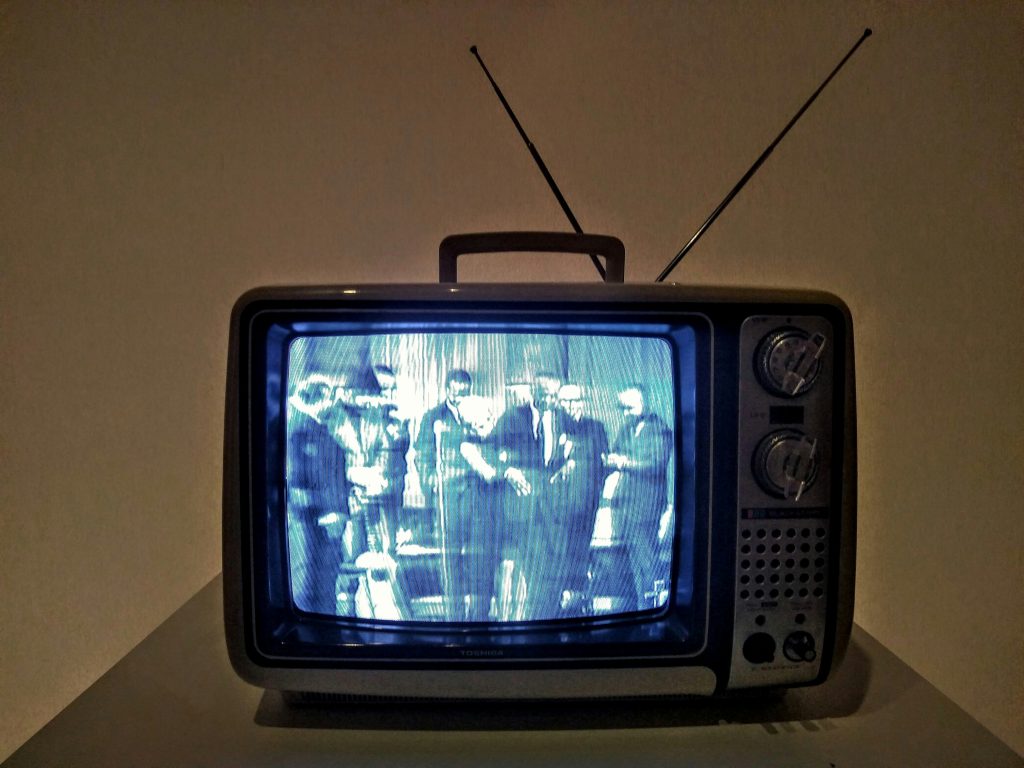
10 Proactive Defense
1 Media literacy and education: Critical thinking is a frontline defense.
2 Watermarking and Metadata: Embedding signals in original media to prove authenticity.
3 Regulation and platform policy: Social media platforms increasingly restrict harmful deepfakes.
11 Ethical Gray Zones & Positive Use Cases
Not all synthetic media is bad. It’s also enabling innovation:
12 Creative & Ethical Uses
1 Film and entertainment: Bringing back historical figures or aging actors.
2 Accessibility: Real-time translation avatars or voice replication for the disabled.
3 Education: Interactive AI tutors, personalized storytelling, and virtual training environments.
4 Marketing & Gaming: Virtual influencers and immersive experiences.
Deepfakes are a tool. Like any technology, their impact depends on how we use them.
13 Legal & Regulatory Response
Laws are emerging globally to address malicious use:
1 China & EU: Mandates watermarking of AI-generated media.
2 US: Various state laws criminalize malicious deepfakes (e.g., in elections or non-consensual explicit content).
3 Social Media Policies: Platforms like Twitter/X, Meta, and TikTok have begun labeling or removing manipulated content.
14 Looking Ahead: Navigating the Future
1 AI vs. AI: Detection tools will need to evolve as synthetic media gets better.
2 Public Trust Crisis: Society may enter a “reality crisis” where nothing can be trusted without verification.
3 Global Standards Needed: To manage cross-border misinformation and set digital identity norms.
4 Hybrid Solutions: Tech, policy, law, and public education must all work together.
Final Thought
Deepfakes are a double-edged sword: powerful for innovation, but dangerous in the wrong hands. Navigating this new media reality means being informed, vigilant, and adaptive. We don’t just need better tools—we need a smarter public.
